If you've recently gotten veneers, you know that they can be expensive. So you'll want to take care of them just like you would your actual teeth to ensure they last as long as possible.
If you haven't received your permanent veneers yet, you were most likely fitted with temporary veneers. These are significantly more fragile than permanent veneers.
What can't you eat with veneers? Whether temporary or permanent, keep reading to learn more.
How can food damage veneers?
Food and drink can damage your veneers in two ways by affecting the texture and colour.
Eating hard or tough food poses the risk of chipping, cracking, or dislodging your veneers, which is a painful nuisance to deal with. Additionally, food and beverages with a high risk of staining can impact the appearance of your smile.
Without following the proper precautions, you may find yourself making frequent visits and payments to the dentist for professional cleanings.
What food should be avoided?
The food you should avoid will change depending on whether you're fitted with temporary or permanent veneers. These are different in terms of material, bonding agent, and even sometimes shape and size.
Temporary veneers
You'll be fitted with a temporary veneer in the awkward period between starting the veneer process and waiting for the final product. A temporary veneer is significantly more fragile than a permanent one. It will allow you to adjust to eating and brushing – but the most crucial task is keeping the affected tooth protected.
Here is a list of food that should be avoided when eating or drinking with temporary veneers.
Steak or other chewy/tough meats
Depending on how the meat is cooked, an extended period of chewing and tearing at a piece of meat may risk the veneer coming loose.
Hard foods
This covers a large variety of food, including:
- Raw vegetables like celery or carrots (anything with a big crunch)
- Hard and sticky candy
- Snacks such as nuts, seeds, or chips
- Toasted and crusty bread
- Although not a "food," ice is also to be avoided
Temporary veneers are fixed to your teeth using temporary cement, meaning that they aren't securely bonded to your teeth. Just like an extended period of chewing and tearing at a piece of meat can risk the veneer coming loose, so can the foods listed above.
You will also experience more sensitivity to temperature and functionality because of the shaven tooth enamel, so sticking to softer foods is recommended. This includes:
- Pasta
- Mashed potatoes
- Eggs
- Bananas
- Fish or chicken
Luckily this awkward period only lasts for a few weeks, so you won't be stuck on this diet forever.
Permanent veneers
Once you receive your permanent veneers, they will be permanently bonded to the front of your teeth, making them far more durable than any temporary veneers. This removes many of the eating restrictions listed above, but there are still precautions you should take for your veneers' sake.
It is still best to steer clear of any tough foods, like french bread, tough steaks, and ice. Additionally, excessive alcohol consumption can weaken the bonding agent over time and threaten the security of your veneers.
Anything with a staining agent
Although porcelain veneers are stain-resistant, the bonding material used and your surrounding natural teeth are not. When you consume staining foods and beverages without taking necessary precautions, you will notice your veneers becoming a different colour over time.
The following foods and beverages have a high chance of staining your teeth and the veneer bonding agent:
- Red wine
- Black or dark tea
- Coffee
- Dark sodas
- Ketchup
- Dark fruits, like berries
- Red peppers
It's unrealistic to expect everyone to cut these out of their diet entirely, so there are necessary precautions you can take to preserve the appearance of your veneers and keep your smile looking fresh.
You can prevent discolouration by drinking the beverages listed above through a straw to minimize contact with your teeth. Additionally, after eating any of the foods listed, you should rinse your mouth with water or even go a step further and brush your teeth, which is also great for your dental health.
Harmful habits
It would help if you also tried to minimize or avoid these habits, as over time, they can discolour or damage your veneers:
- Smoking
- Chewing tobacco
- Nail-biting
- Using your teeth to open or grip objects
To learn more about veneers and how to take care of them, you can visit WebMD, or consult your dentist directly with any questions.
Sources and References
-
[1]
Effect of alcoholic beverages on shear bond strength of composites to enamelJournal of Conservative Dentistryhttps://pmc.ncbi.nlm.nih.gov/articles/PMC6161519/
-
[2]
Fracture Resistance and Failure Mode of Mandibular Molar Restored by Occlusal Veneer: Effect of Material Type and Dental Bonding SurfaceMaterials (Basel)https://pmc.ncbi.nlm.nih.gov/articles/PMC8585144/
-
[3]
Damage maps of veneered zirconia under simulated masticationJournal of Dental Researchhttps://pubmed.ncbi.nlm.nih.gov/19029080/
-
[4]
Degradation and Failure Phenomena at the Dentin Bonding InterfaceBiomedicineshttps://pmc.ncbi.nlm.nih.gov/articles/PMC10215576/
All sources accessed and verified on . Medical information reviewed for accuracy and compliance with current guidelines.
Related Articles
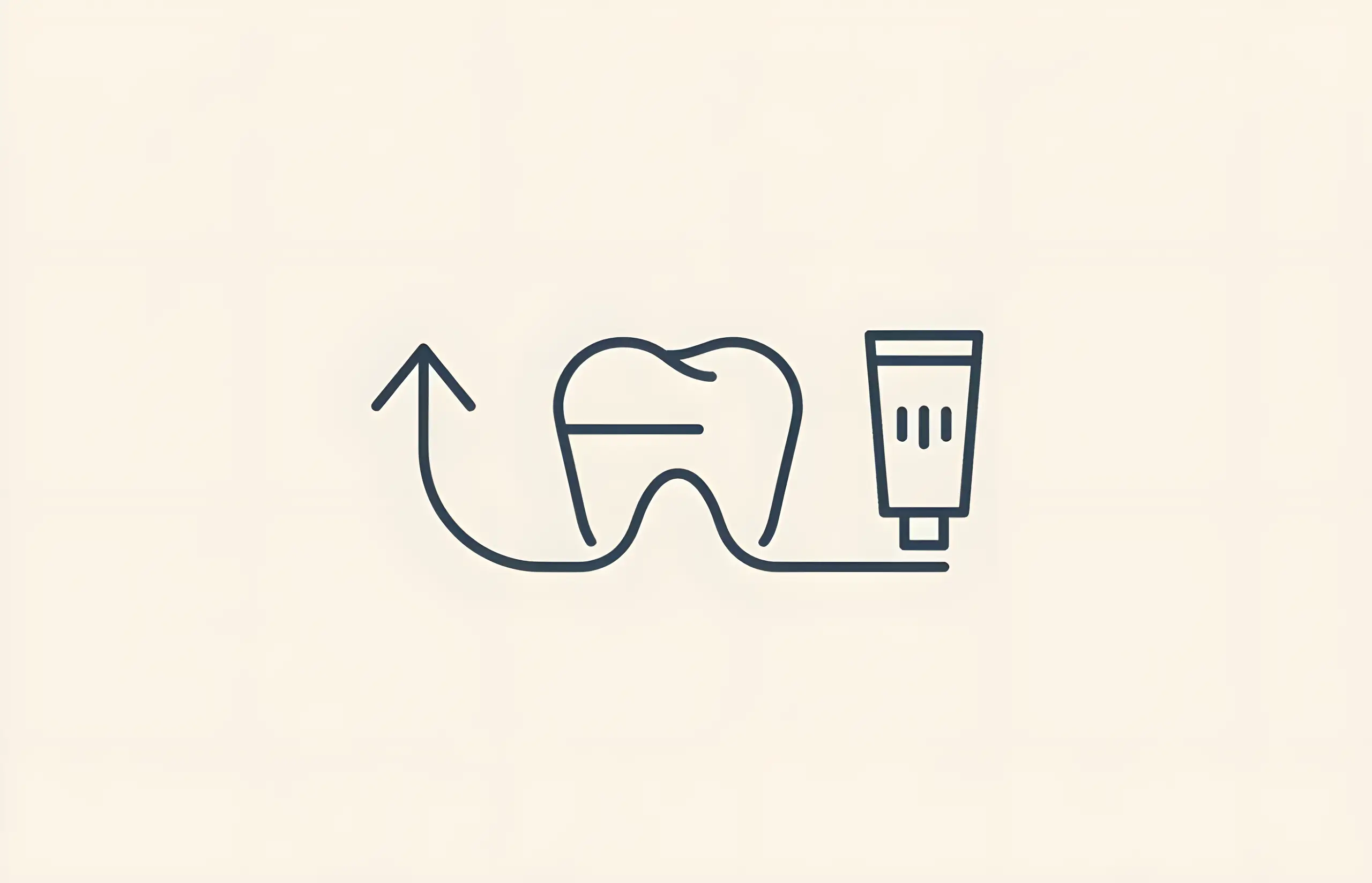
Choosing the Best Toothpaste for Veneers
Comprehensive guide to selecting toothpaste for veneers, understanding RDA values, avoiding abrasive ingredients, surface roughness concerns, and proper oral care techniques

Can Temporary Veneers Cause Pain?
Complete guide to temporary veneers including why they may cause discomfort, the procedure involved, preventive measures, and what to eat while wearing them

Can You Whiten Veneers?
Comprehensive guide to veneer whitening, why porcelain veneers resist bleaching, stain removal options, color matching strategies, and maintenance tips
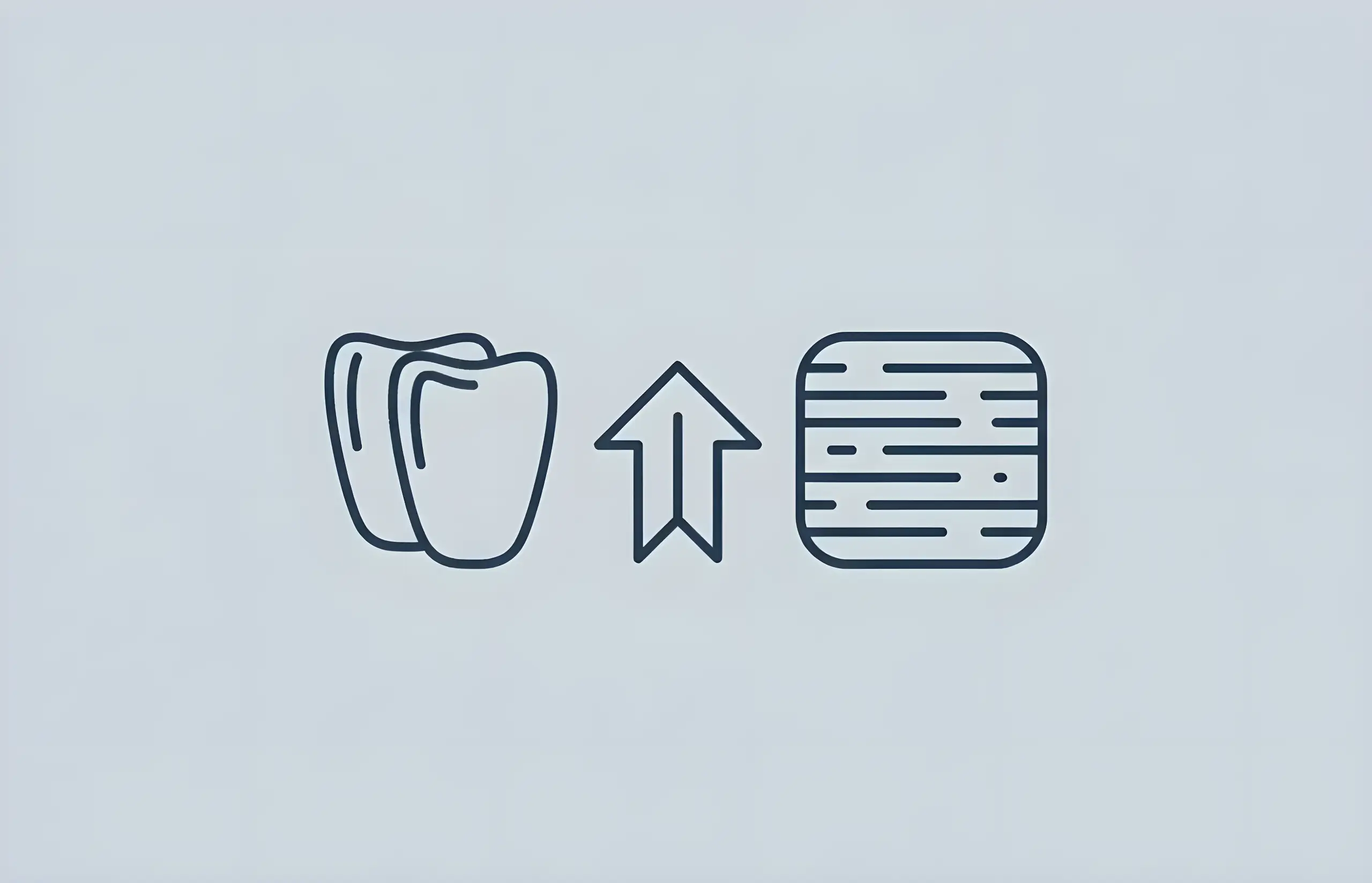
A Guide to Composite Resin Veneers
Comprehensive information about composite resin veneers, including their uses, procedure, longevity, and how they compare to porcelain veneers
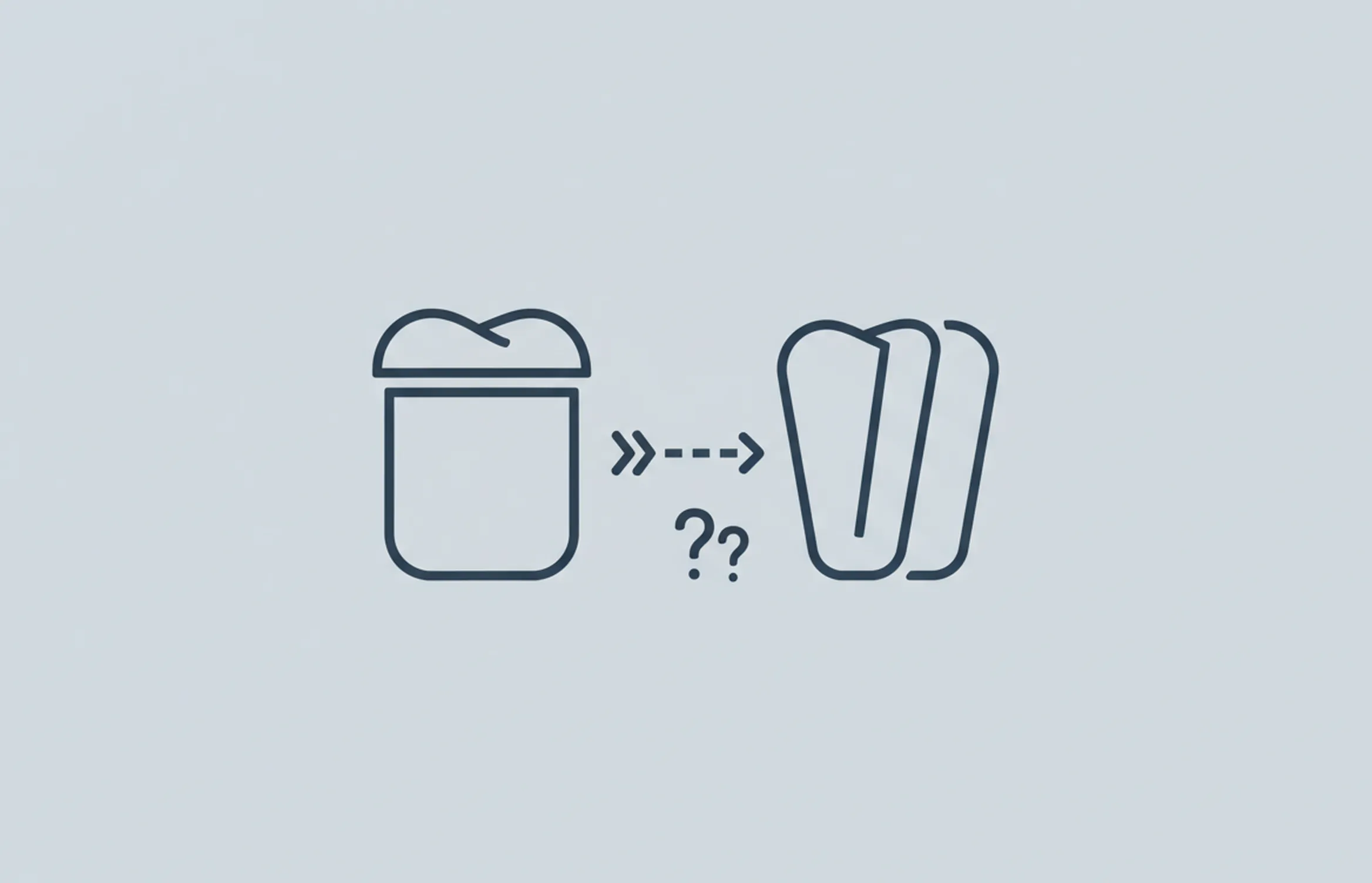
Should You Get Crowns or Veneers for Your Front Teeth?
Comprehensive guide comparing dental crowns and veneers for front teeth, including materials, uses, preparation requirements, longevity, and cost considerations

Should You Get Crowns or Veneers?
Comprehensive guide to choosing between dental crowns and veneers, including clinical indications, contraindications, insurance coverage, and decision criteria for optimal treatment outcomes
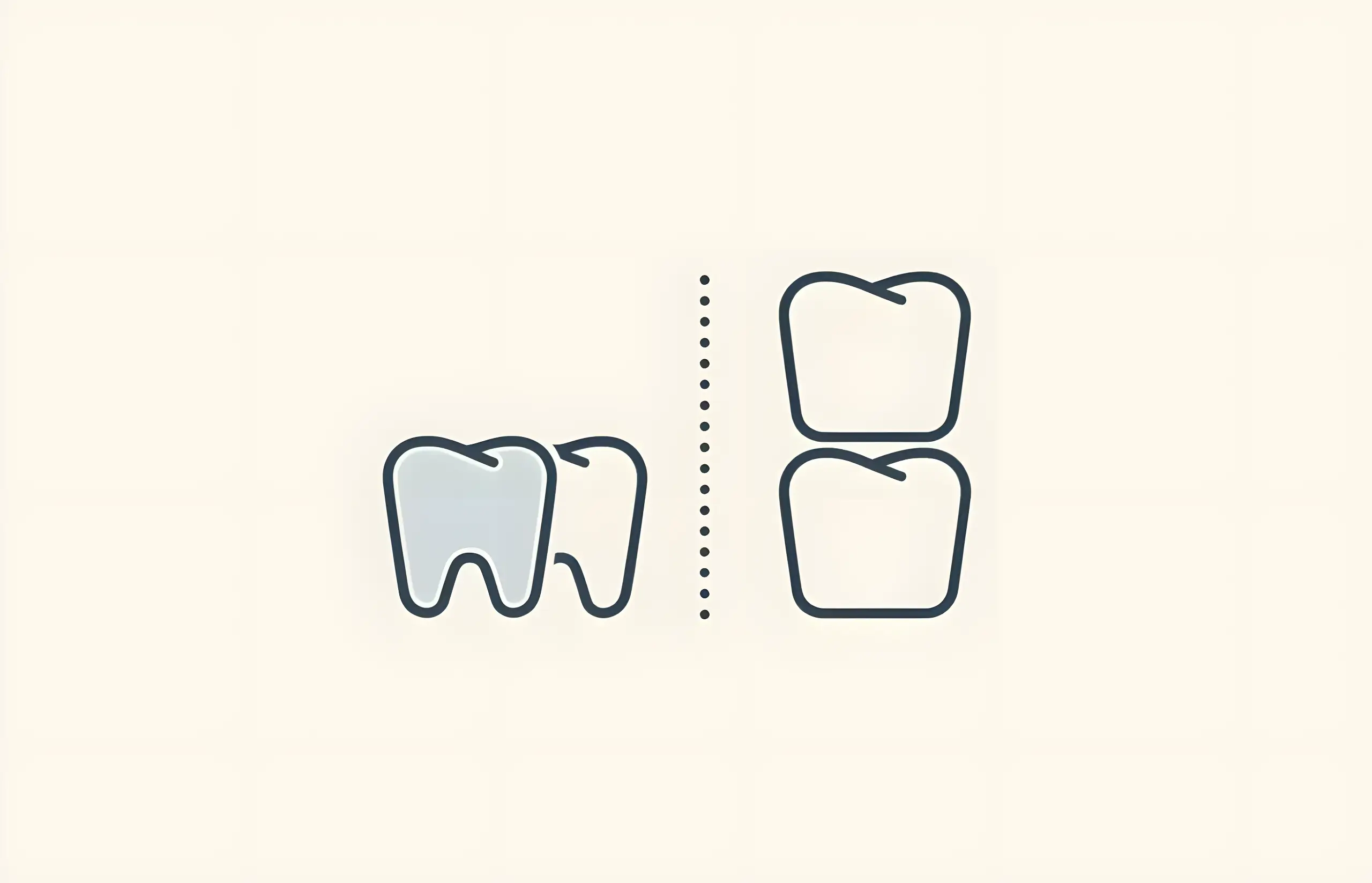
Dental Veneers – Before and After Pictures
Comprehensive guide to dental veneers transformation results, patient satisfaction rates, aesthetic outcomes, smile makeover success, and clinical evidence from before and after studies
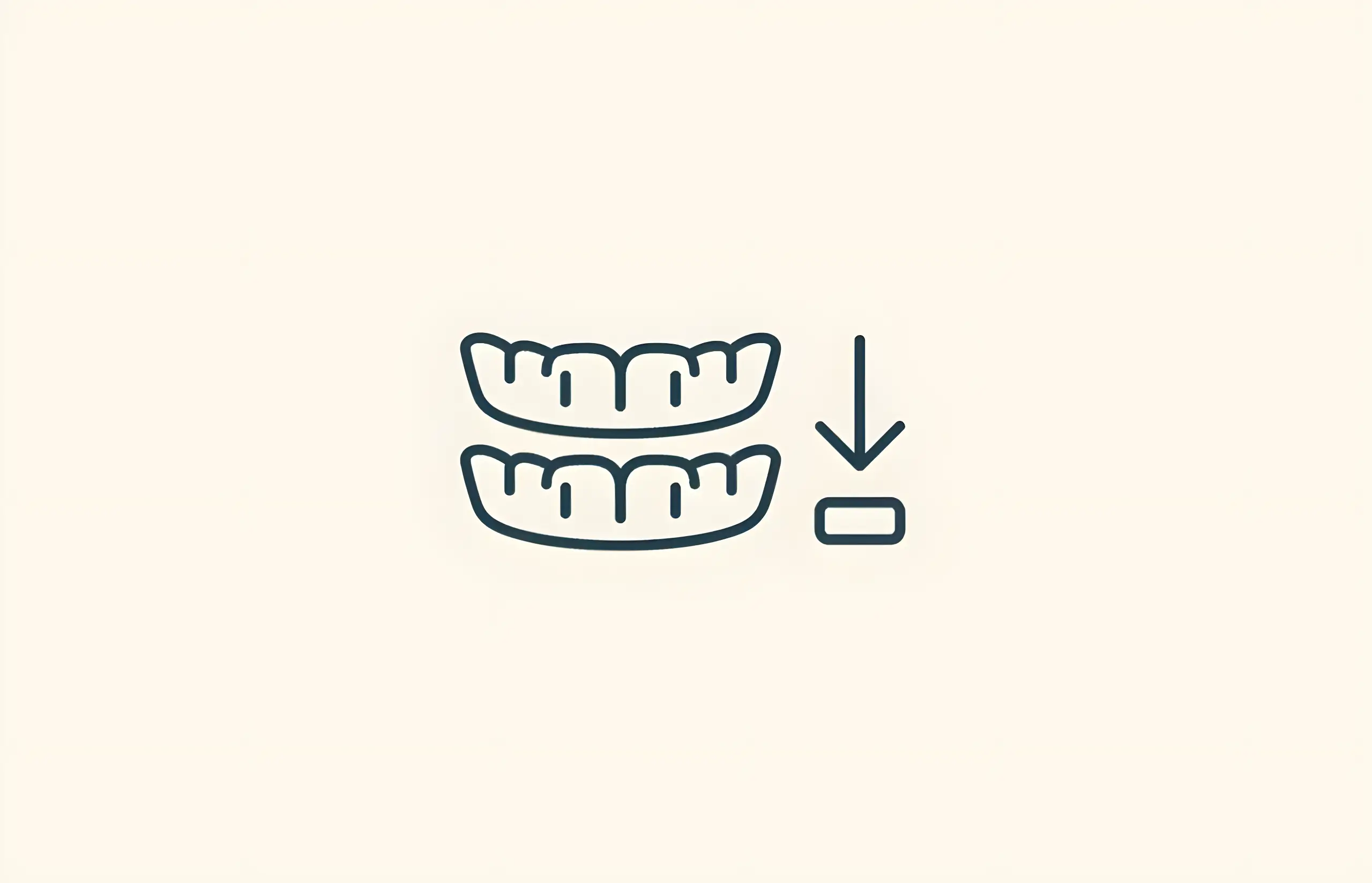
Do It Yourself Veneers – Removable Veneers For Your Teeth
Comprehensive guide to DIY removable veneers (snap-on, clip-on veneers) including costs, risks, user satisfaction rates, safety concerns, and comparison with permanent dental veneers
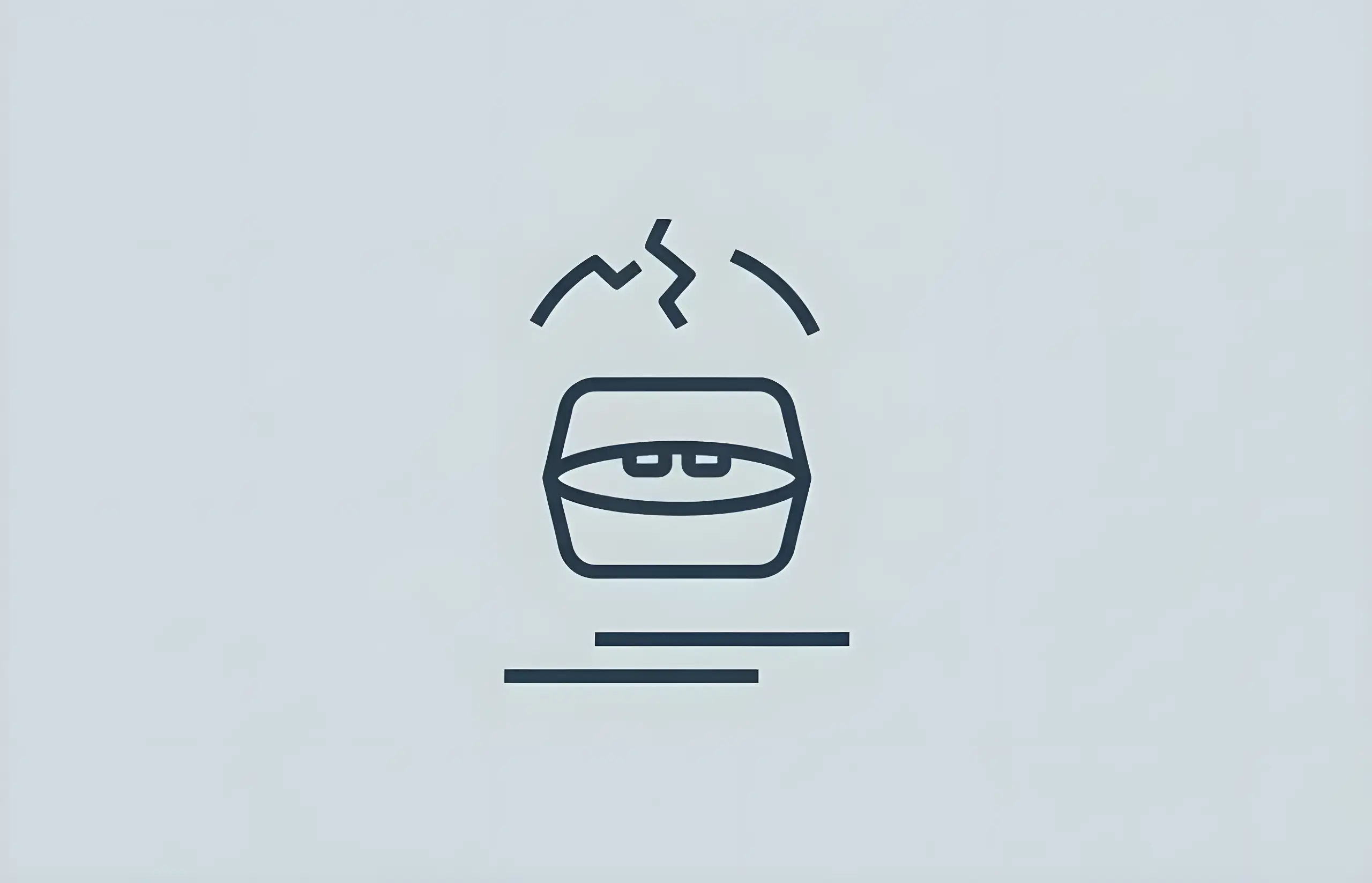
Do Temporary Veneers Look Bad?
Complete guide to temporary veneer appearance, materials (PMMA, bis-acryl), aesthetic outcomes, patient satisfaction, complications, and what to expect during the provisional phase

Eating With Veneers
Complete guide to dietary considerations with veneers including foods to avoid, staining resistance (coffee most problematic), fracture risk, care tips, and maintaining your investment
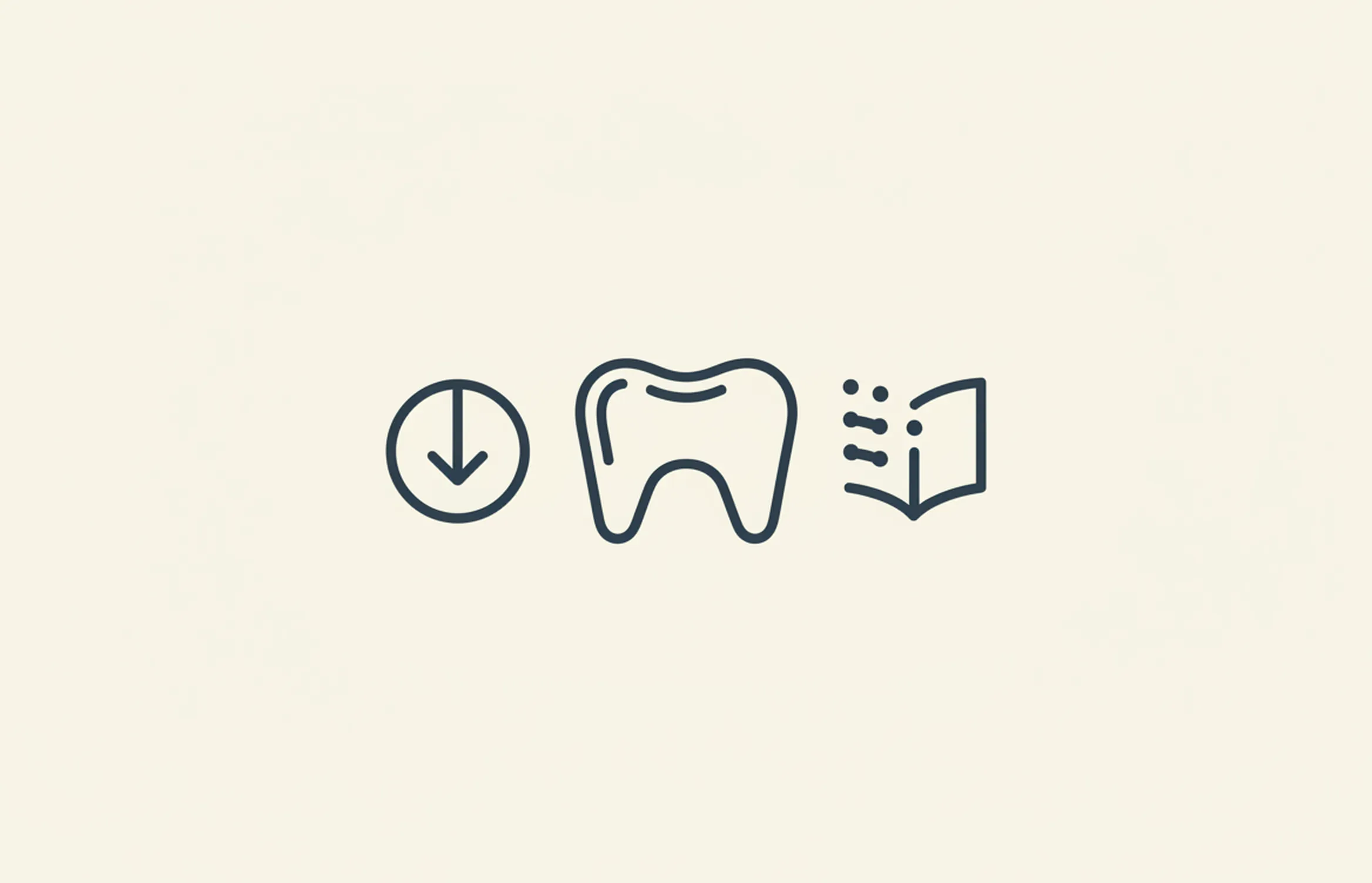
Instant Veneers – Costs and Information
Complete guide to instant veneers including prefabricated composite veneers, how they work, costs, and comparison with traditional porcelain veneers
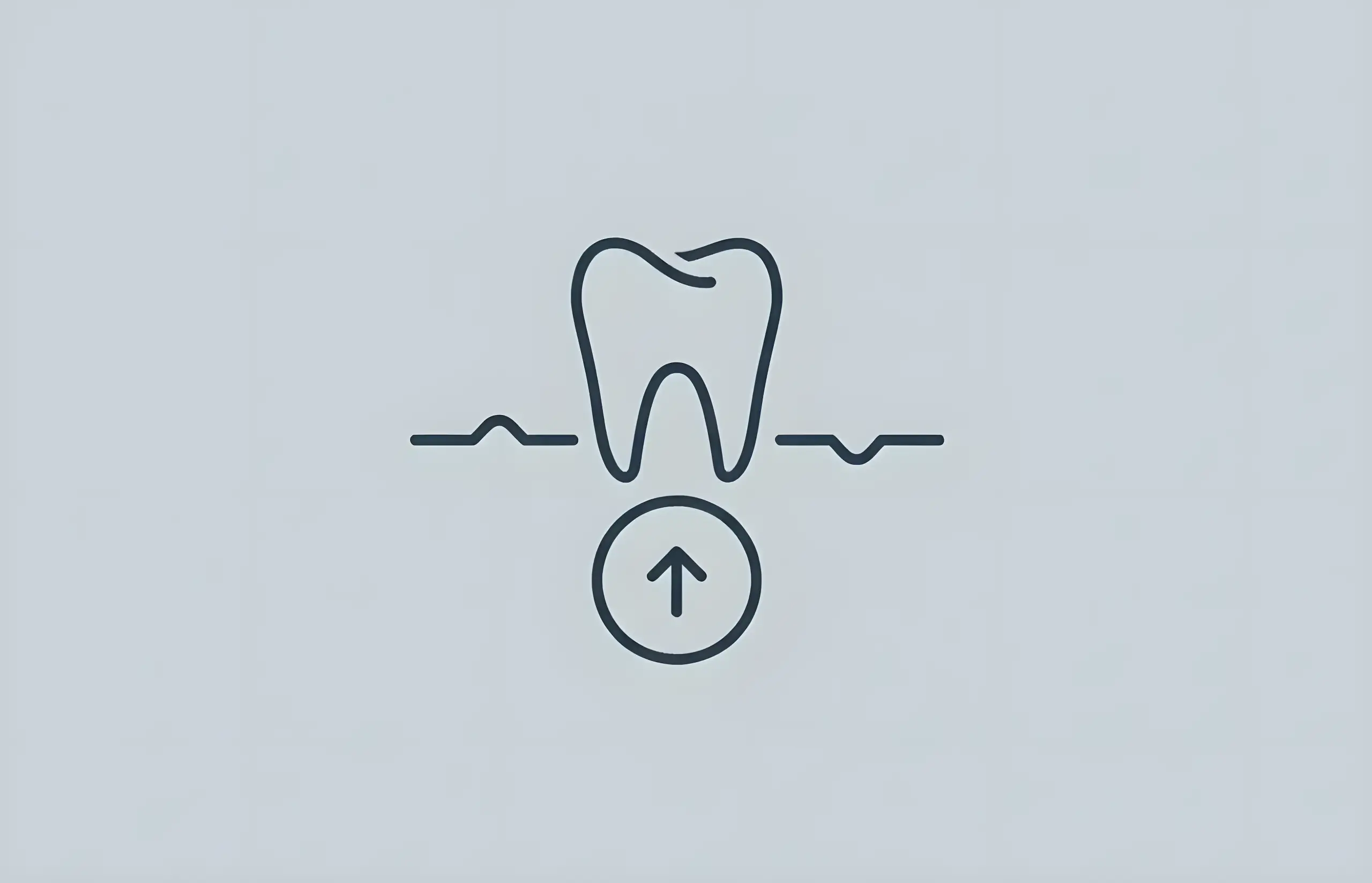
How Much do Lumineers for Teeth Cost?
Comprehensive guide to Lumineers costs including pricing factors, no-prep procedure advantages, Lumineers vs traditional veneers, treatment process, longevity, and cost-saving options
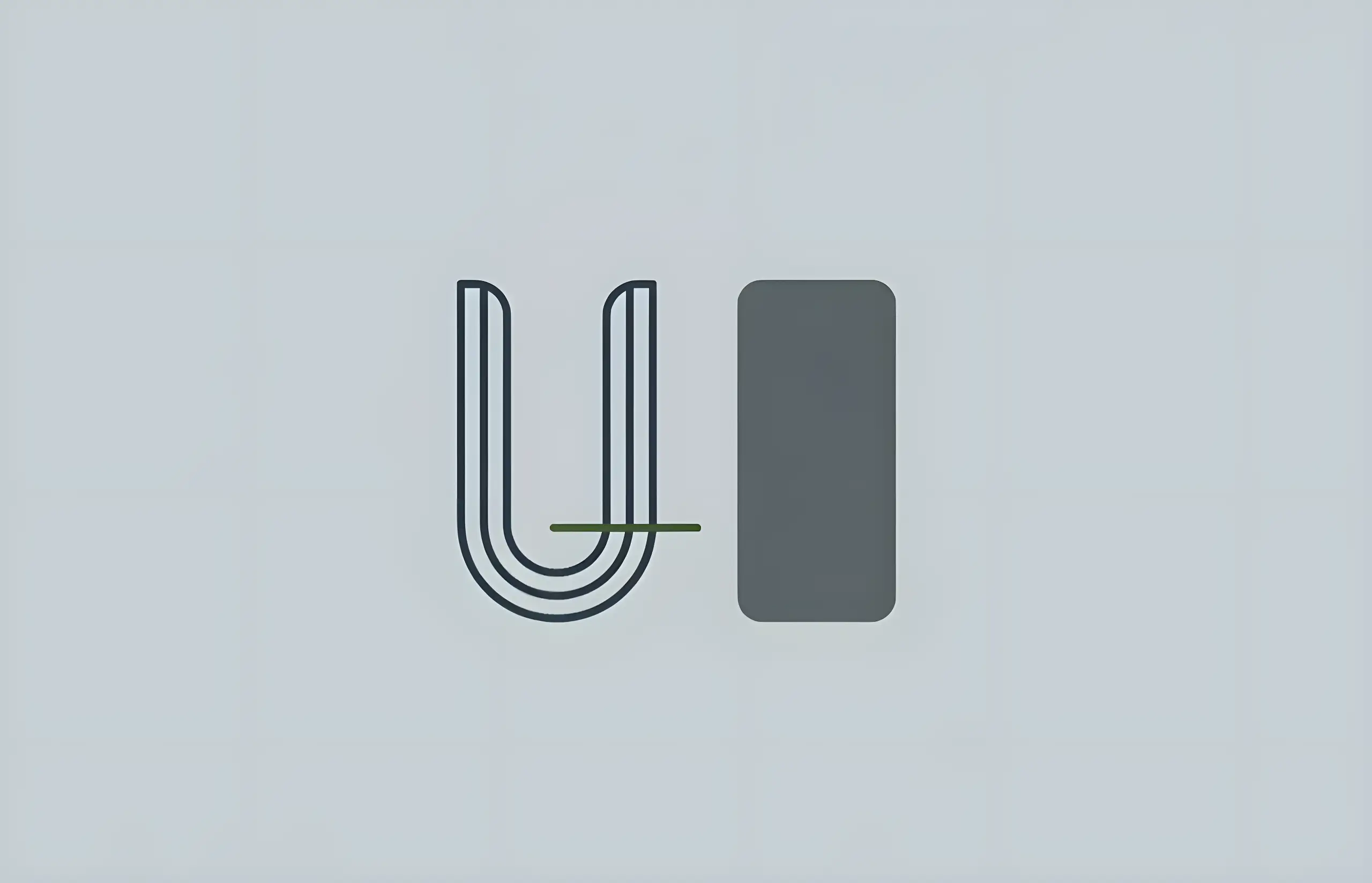
Lumineers vs Porcelain Veneers
Comprehensive comparison of Lumineers and traditional porcelain veneers, including differences, costs, longevity, and which option is best for your smile

No Prep Veneers – Costs and Information
Complete guide to no-prep veneers including Lumineers and Vivaneers, covering costs, benefits, who can have them, and how they compare to traditional veneers
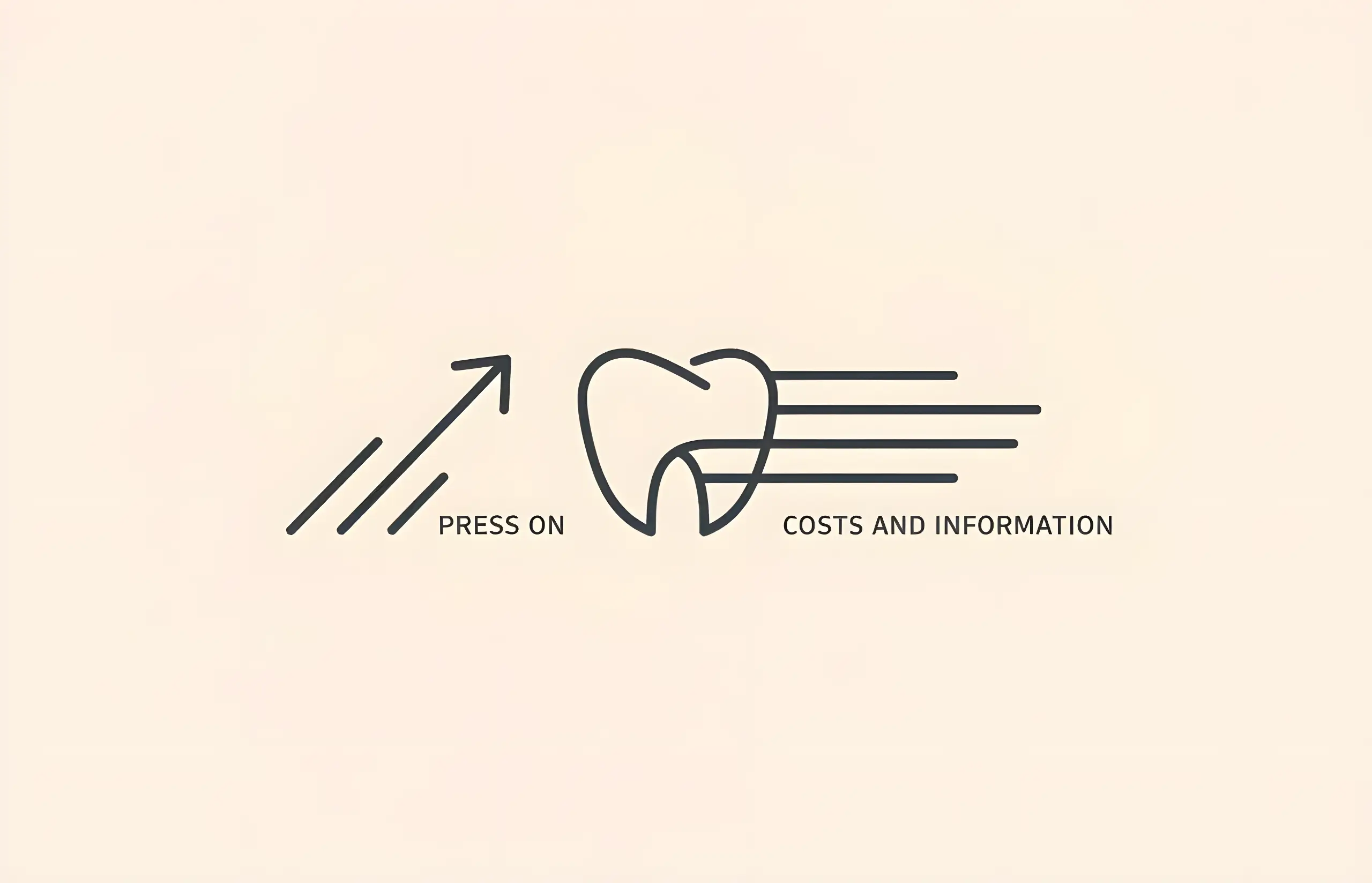
Press On Veneers – Costs and Information
Learn about snap-on veneers including costs, how they work, longevity, care instructions, and whether they're a worthwhile alternative to permanent veneers
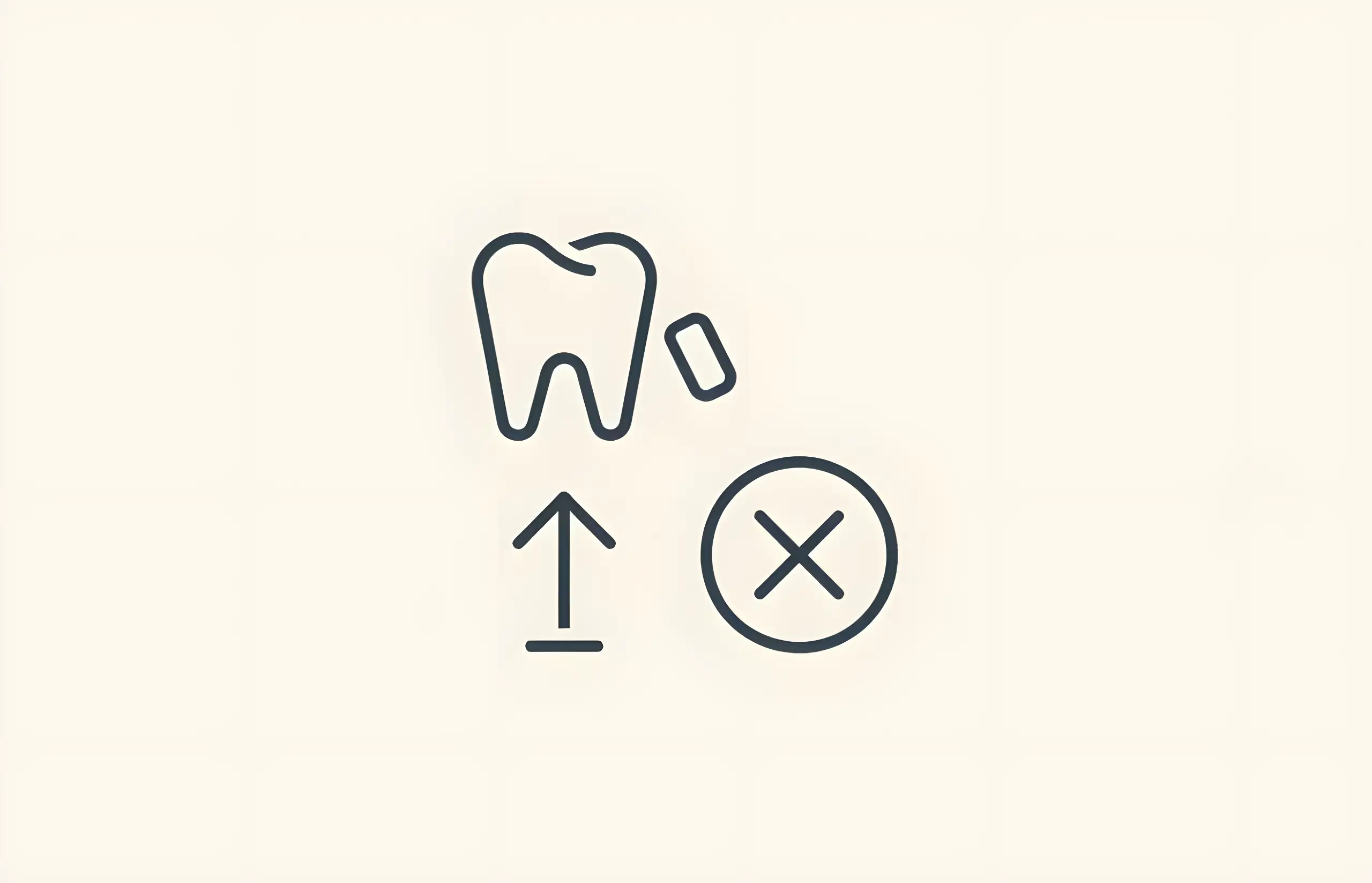
What To Do If Your Temporary Veneers Are Falling Off
Essential guide to protecting temporary veneers: what they are, foods to avoid, and when to see a dentist if they become loose or fall off
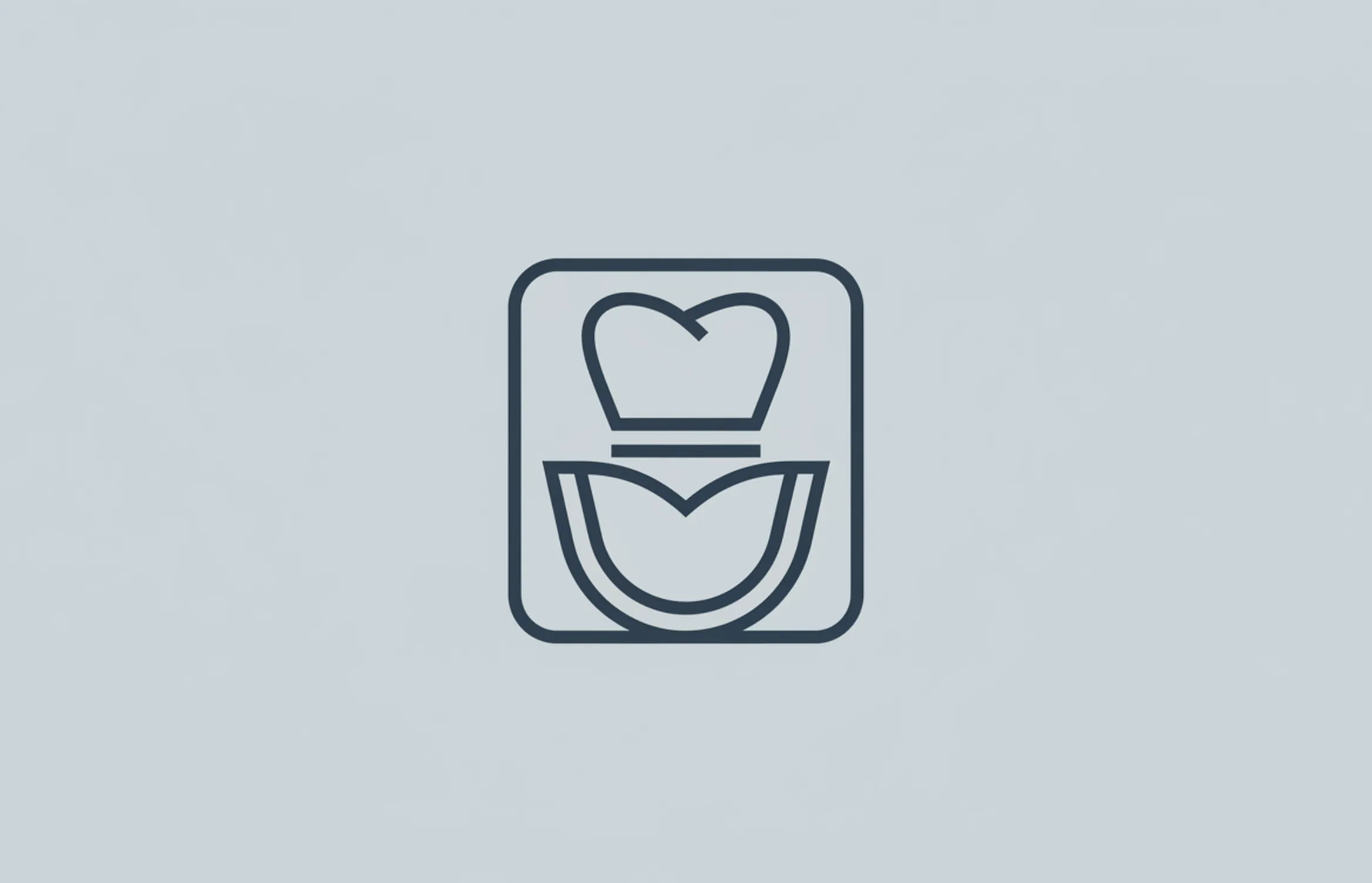
Can You Put Veneers Over Crowns?
Comprehensive guide to placing veneers over crowns, why it's generally not recommended, bonding challenges, crown survival rates, and alternative treatment options
About The Dental Guide
The Dental Guide is a trusted online resource providing evidence-based information about dental health, treatments, and procedures. Our content is created and reviewed by qualified dental professionals to help you make informed decisions about your oral health.
Our Mission
- Evidence-based dental information
- Expert-reviewed content
- Clear, accessible explanations
- Latest treatment options
- Patient-focused guidance
Editorial Standards
- GDC-registered dental professionals
- Peer-reviewed sources
- Regular content updates
- Medical accuracy verification
- Transparent authorship
Important Notice
The information on The Dental Guide is for educational purposes only and should not replace professional dental advice. Always consult with a qualified dentist for diagnosis and treatment recommendations tailored to your individual needs and circumstances.
Medically Reviewed
Reviewed by Dr. Nasim Mechoui , BDS (Bristol)
Share this article
Comments & Discussion
Have questions about dental implants? Share your thoughts or experiences.
